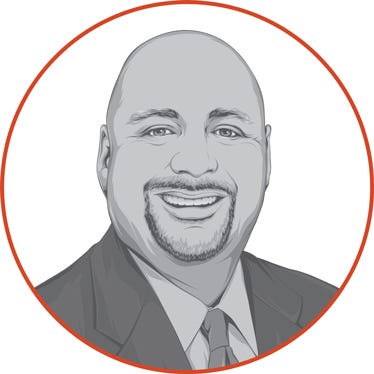
Before harvest began this fall, our ag finance advisors were having meetings with farmer clients to start projections for the 2018 crop year. Those meetings will continue as soon as harvest is complete.
These are forward-looking, accrual projections – and they’re somewhat of a ‘rough draft’ that continues to evolve as more information becomes available. For example, depending on the individual operation, next year’s inputs might not be finalized until later this fall or early into 2018.
The thing is, farmers often get held up too long when it comes to doing forward-looking projections. Many farmers are already doing their own cash flow projections for the next year –what they’re planning to spend each month in the next year – but that’s not what I’m talking about here.
I’m thinking about forward-looking, accrual based projections that take a look at how the particular crop year did from a financial perspective, since multiple crop years could be involved in the same month in your checkbook. Why? Because your cash flow projections and your farm books can’t tell you whether or not you had a profitable crop year.
Get it started
Farmers often hold themselves up, believing they need to wait until their 2017 year-end balance sheet arrives before they can start looking at and planning for 2018. That could keep someone waiting until mid-January or even February, which often doesn’t allow enough time to make different decisions based on what you discover.
Our ag finance advisors help clients start projecting expenses for the next year before the farmer receives that new balance sheet. The advisors then follow up to make alterations once the balance sheet is available.
Our clients often find that having an accrual projection in their hands earlier gives them more time to use it in relevant decision-making for the 2018 crop. That might mean switching some acres between different crops, or holding off on a purchase, or deciding to move forward with it.
Keep in mind, too, that projections can only be as good as the accuracy of the numbers being used. Are your farm books in good enough order to be able to do that? Do you know how your revenue and expenses are tied to each crop? It’s important for the books to be organized and in proper shape – so you can get helpful projections out of them.
Make it useful
Sometimes, your lender might tell you that you need to do a projection for the bank. Maybe you do it as an exercise, give it to the banker and then completely forget about it – not getting much benefit out of it yourself. You may have satisfied your banker, but unfortunately, you’ve lost out on the opportunity to use it to plan and make any sort of difference to the success of your next crop year.
The key is to drive your decisions based on questions like these: What’s my working capital like, and how will it be impacted by this decision? If I make this decision, how will it impact 2018, overall? Do I have a goal around the success I want to achieve this year? If I choose to do this, how will that affect my ability to reach my goal?
Of course, any budget or plan is only as good as how well you follow it, plus what you decide to do if you discover you’re over budget at some point during the year. Though a plan or projection isn’t likely to be perfect, it’s still a plan – and having a plan is much better than no plan at all.
So again – how are you making decisions for the 2018 crop year? Is it based on a gut feeling? Or is it based on solid projections using the best information you have right now, to make informed decisions about the next crop year?
If you’re interested in knowing more about how accrual projections can help you make a difference in your 2018 plans, you may want to get in touch with our advisors.
The opinions of the author are not necessarily those of Farm Futures or Farm Progress.
About the Author(s)
You May Also Like






